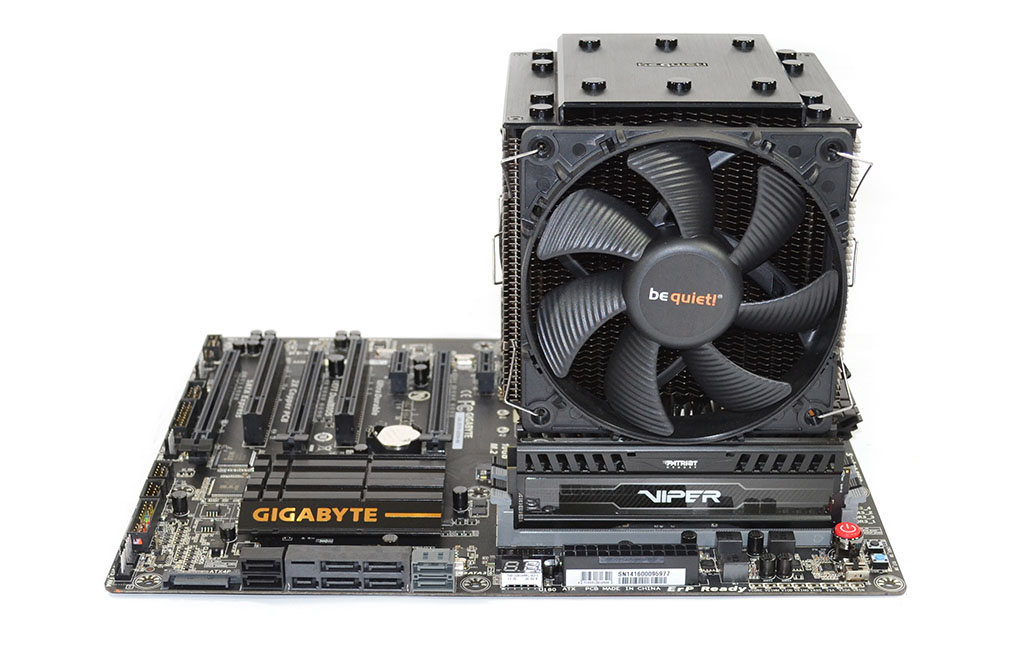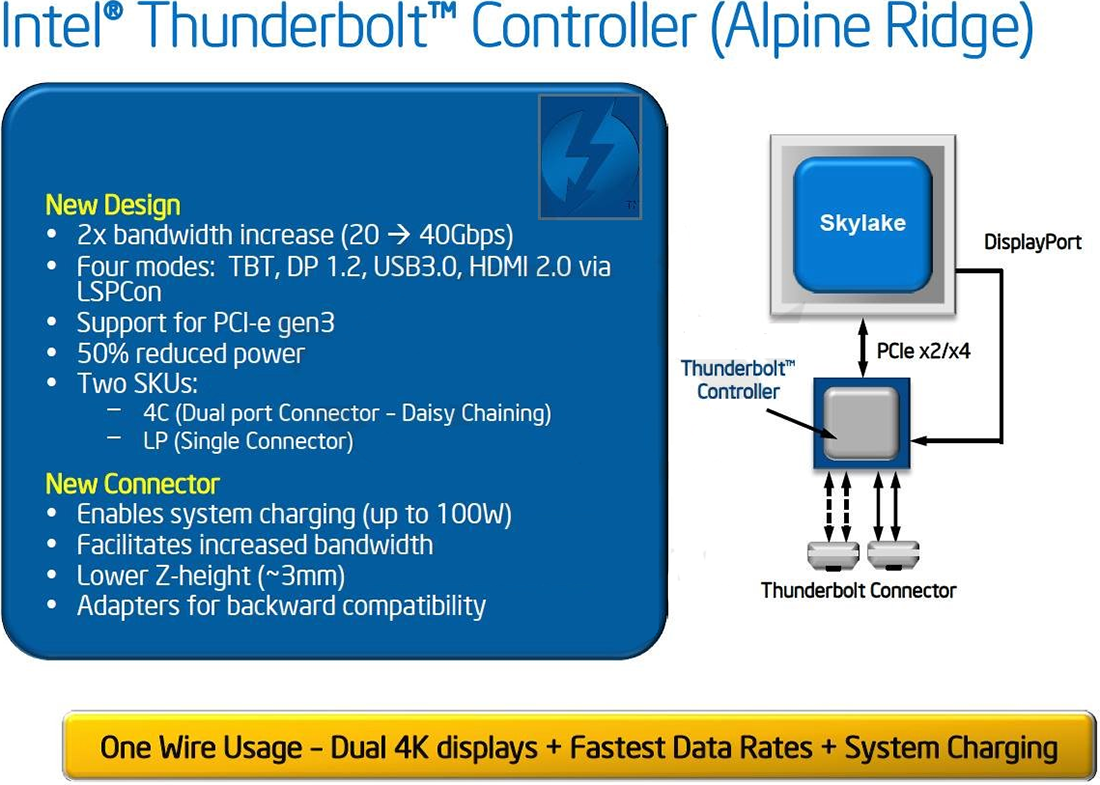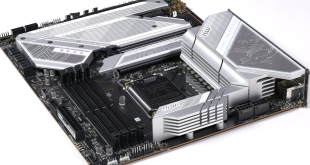Gigabyte Technology has announced that some of its upcoming mainboards for Intel Corp.’s code-named “Skylake” processors will support the Thunderbolt 3 technology as well as USB 3.1 type-C ports. Gigabyte is one of the largest makers of mainboards in the world and its support of the new standard is hard to overestimate.
To enable Thunderbolt 3 with up to 40Gb/s of bandwidth and USB 3.1 with up to 10Gb/s transfer-rates on select Intel 100-series mainboards, Gigabyte plans to use the code-named “Alpine Ridge” controller. At present, the “Alpine Ridge” is the only chip that supports Thunderbolt 3, USB 3.1, PCI Express and DisplayPort technologies.
Intel’s “Alpine Ridge” chip uses four PCI Express 3.0 lanes of the company’s 100-series core-logic and DisplayPort capabilities from the processor. Thanks to the fact that maximum bandwidth supported by the controller is around 4GB/s, the chip can handle simultaneous and uninterrupted 10Gb/s bandwidth over two USB 3.1 ports. Gigabyte’s upcoming mainboards featuring Intel 100-series chipsets will feature both USB type-A receptacles compatible with classic USB devices as well as USB 3.1 type-C receptacles designed for newer peripherals.
In the first quarter of 2015 Gigabyte Technology sold 4.7 – 4.8 million mainboards. The decision of the company to use “Alpine Ridge” controller on its motherboards represents a major success for the chip. Thanks to adoption of the controller by Gigabyte, its rivals will likely follow and release their platforms with “Alpine Ridge”, Thunderbolt 3 and USB 3.1.
It is expected that LGA1151 mainboards for Intel “Skylake” processors will hit the market in August or September. Their pricing will depend on exact features and configurations.
The Thunderbolt 3 combines three interconnection technologies: SuperSpeed+ USB 3.1, DisplayPort 1.2 and PCI Express 3.0. The new technology supports maximum bandwidth of 40Gb/s, it can deliver up to 15W of power to any bus-powered device. The Thunderbolt 3 relies on passive copper cables with up to 2 meters length to provide maximum bandwidth of up to 20Gb/s for Thunderbolt, USB 3.1 and DisplayPort interconnections. For 40Gb/s transfer-rates more expensive active copper cables are required. Thunderbolt 3.0 ports can also be used for charging.
Discuss on our Facebook page, HERE.
KitGuru Says: Looks like the Thunderbolt 3 technology is getting a better welcome by the PC industry than its predecessors. That is a great news since fast interconnections are very important for today’s personal computers.
 KitGuru KitGuru.net – Tech News | Hardware News | Hardware Reviews | IOS | Mobile | Gaming | Graphics Cards
KitGuru KitGuru.net – Tech News | Hardware News | Hardware Reviews | IOS | Mobile | Gaming | Graphics Cards




